Wearable devices aim to reduce workplace accidents
Roula Khalaf, Editor of the FT, selects her favourite stories in this weekly newsletter.
Every day, 6,300 people die around the world in occupational accidents or from work-related disease — more than 2.3m deaths per year, according to the International Labour Organisation. “The human cost of this daily adversity is vast and the economic burden of poor occupational safety and health practices is estimated at 4 per cent of global gross domestic product each year,” say ILO researchers.
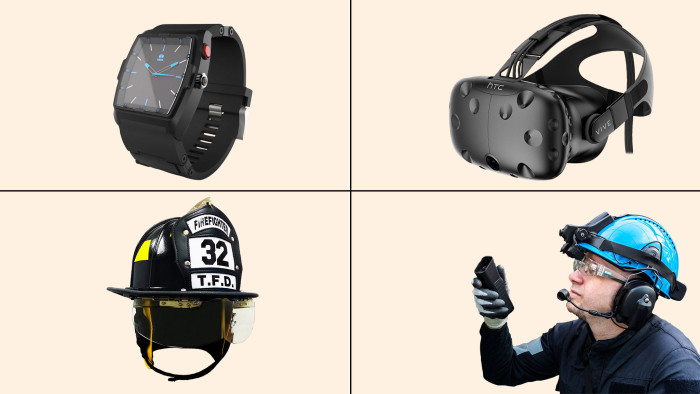
But for those toiling in hazardous environments — mines, wind turbines or oil rigs, for example — wearable devices could make work safer. Helmets, watches and visors, bristling with sensors and connected via mobile or satellite transmission to supervisors and control centres, can help alert employees to hazards while keeping them focused on the job at hand.
Yet most of the buzz around wearable technologies has been about consumer devices, such as the Apple Watch, Google Glass or Fitbit’s wristbands.
“For many of us, when we think of wearable technology, we think in terms of gadgets aimed at the fitness market or techies who want to view text messages and weather forecasts on their watch,” says Mark Homer, a vice-president at ServiceMax, a provider of cloud-based apps for technicians and engineers working in outdoor, hazardous environments.
The desire to monitor “field service” staff working in remote and possibly dangerous locations is seen by many as a key driver in the creation of the elusive “killer app” that wearables will require for industries to adopt them.
Take, for example, the UK oil and gas industry. “With a decline in production rates, increasing production costs, a retiring skilled workforce leaving a void of knowledge and expertise among younger colleagues, not to mention a whole host of remote and dangerous working environments, this industry is an ideal candidate for wearable tech,” says Mr Homer. Others exploring this potential include utilities and miners, he adds. Although still in its early stages, he says the idea of wearables is gaining ground within companies.
“Wearables in hazardous environments are actually quite real today,” says Annette Zimmermann, an analyst with tech research company Gartner. “We’re nowhere near blanket adoption yet, but we’re seeing cases that go far beyond pilots in several regions.”
One device that has caught her eye is the SmartCap, developed by an Australian company of the same name. This looks like a baseball cap, but it contains technology that measures brain activity. Information about how tired workers are can be seen by them on screens and is transmitted to their supervisors. Companies that already use SmartCap include miner Rio Tinto, which aims to prevent accidents by measuring truck drivers’ fatigue levels.
Barriers still hinder the wider adoption of health and safety-related wearables. Brent Blum, an expert in wearable technology at consultants Accenture, says device battery life is an issue, as is screen size: “Some tasks are better suited for desktops with large screens, others for wearables with tiny screens.”
Businesses will need to expand wireless networks to ensure WiFi connectivity for remote workers, he says, and address employee privacy concerns. “Companies should expand corporate security measures to cover wearables, which can be thought of as mobile devices at the edge, so that they’re protected against data leaks,” he adds.
Businesses also need to invest in back-end infrastructures capable of processing the information sent by “chatty” wearables for analysis. Wearables themselves are just the “things” in the so-called “internet of things”, which connects previously unlinked objects.
Fujitsu, for example, is testing a wearables range including head-mounted displays, wristbands and badges that can detect falls, measure levels of drowsiness and heat exhaustion or simply pinpoint the wearer’s location. These use the company’s Ubiquitousware package, which converts transmitted data into useful information, according to James Maynard, a director for global internet of things at Fujitsu.
Meanwhile, US insurer AIG this year invested an undisclosed sum in Human Condition Safety (HCS), a maker of wearable devices that monitor employees in factories, construction sites and other high-risk workplaces. The company is running a pilot project at Citi Field, the home of the New York Mets baseball team, to simulate conditions at construction sites and large venues and test the wearables it is developing.
Companies and insurers have a hard-nosed commercial interest in adopting technology that reduces the risk of injuries in hazardous locations. But there is also a moral purpose too, argues HCS chief executive Peter Raymond. Wearables, he says, can keep people safe at work “and help them get home safe to their families when their shift ends”.
Smartwatch
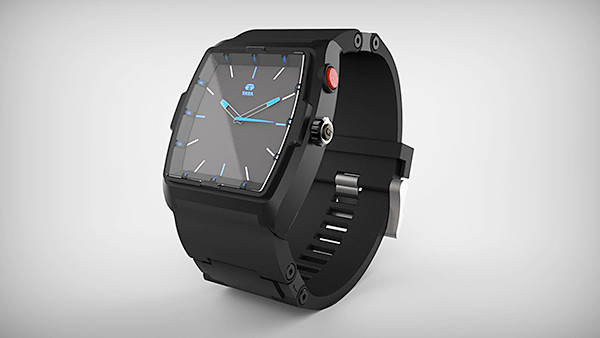
In May, the Tata Group announced it had doubled its number of published patents over two years, from about 3,500 at the end of 2013 to 7,000 at the end of 2015. Some of these relate to wearables and, in particular, a smartwatch for factory workers. This has a two-way alarm so the wearer can notify or be warned of dangerous situations at the push of a button. It has sensors that monitor health and environmental risks, such as heart rate and the presence of noxious gases. The watches are being piloted by crane operators at Tata Steel in Jamshedpur, India, and the company has identified several thousand of its workers who could benefit from the wearable in future.
Connected Worker
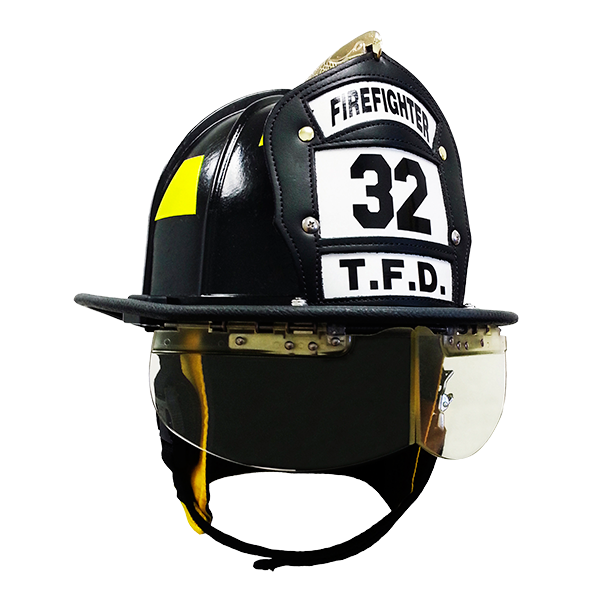
Honeywell Industrial Safety is working with semiconductor producer Intel to make wearables and has demonstrated its Connected Worker product range. Data from a self-contained breathing apparatus, a clip-on heart rate monitor and wrist-worn gesture devices, among others, are displayed remotely on a cloud-based dashboard, so that fire chiefs, for example, can anticipate risky situations and prevent “man down” scenarios among firefighters inside burning buildings. The relationship with Intel has advanced thinking on internet of things connectivity, device design and data integration, according to Carl Johnson, Honeywell Industrial Safety’s president.
Smart Helmet
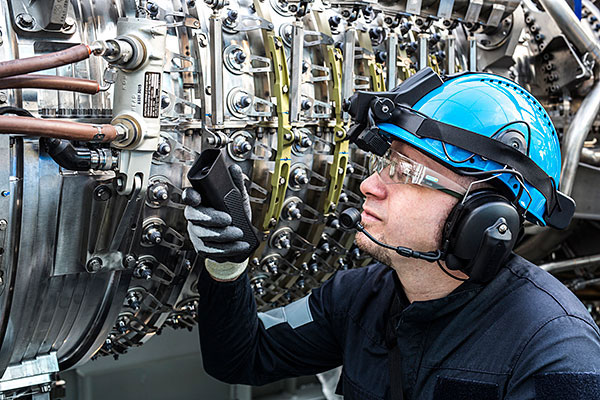
General Electric’s Smart Helmets tackle two problems facing the oil and gas industry: an ageing workforce and customers who demand power outages are fixed faster. The Smart Helmets directly connect field engineers to more experienced colleagues at headquarters, allowing the former to be guided through complex tasks by audio and video. Engineers are equipped with two small monitors on the helmet and an iPad. These enable two-way communications, so HQ can see exactly what the engineer in the field is seeing and share information. GE is developing Smart Helmets with the University of Pisa and prototypes have been tested with staff engineers.
SafeScan
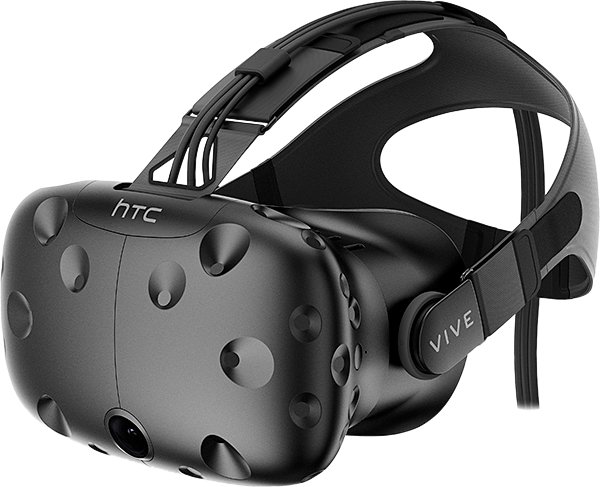
Why ask a novice engineer to practice an unfamiliar task in a hazardous location when you could use virtual reality simulations to train them to deal with its challenges in a comfortable environment? That is the thinking behind Human Condition Safety’s SafeScan, described as a fully immersive virtual reality platform. It uses phonemaker HTC’s Vive headset as the basis for safety training for high-risk workers in fields such as construction and manufacturing.
The technology was on display during May’s Exponential Manufacturing conference, run by Singularity University, the think-tank based in Silicon Valley.
Comments